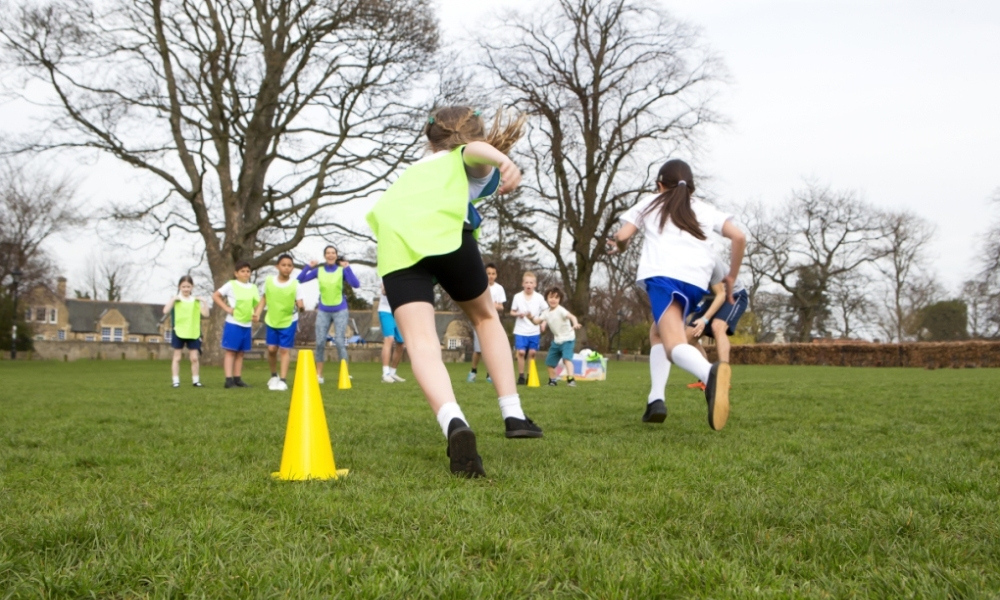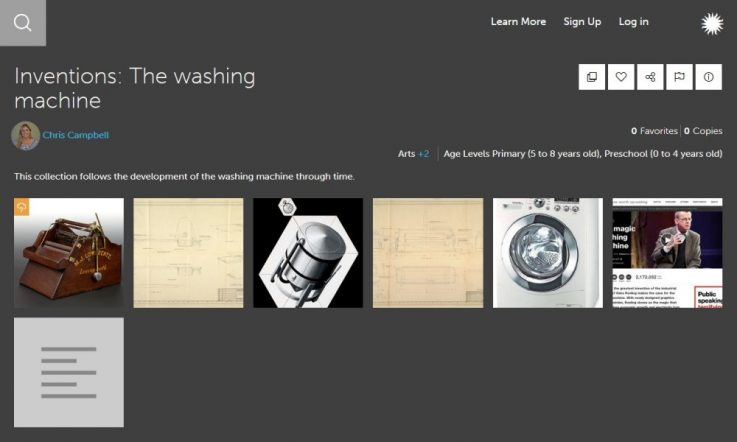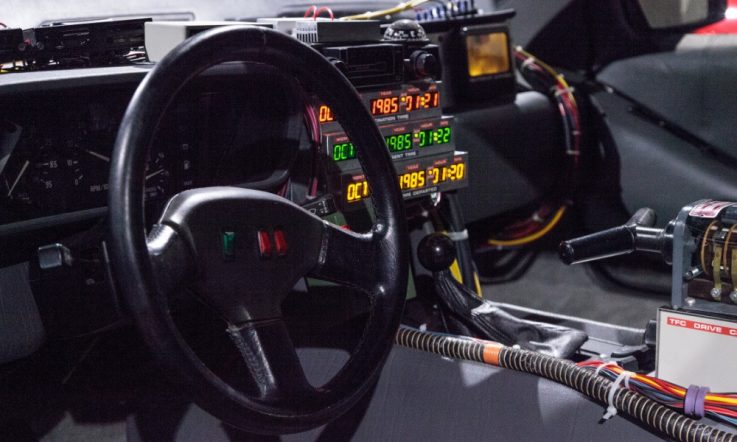After having planned the investigations and related maths content to meet the needs and interests of students in order to teach in context, in this article I look at what resources might be required in order for students to undertake the task and related activities.
This is a crucial step in the planning stages before the teaching and learning can take place.
There will be a range of different resources and materials that will be needed to help guarantee that the task can proceed successfully. These need to be appropriate for, and specifically targeted at, each investigation and task.
So, based on your plan, you need to identify the resources required and prepare them prior to starting the teaching process. These resources could include:
- Real-life resources, including practical resources and equipment required to undertake the investigation;
- Specialist facilities or rooms such as access to a kitchen if there is cooking involved, and a workroom if building is involved. This could also include resources outside the classroom or within the school (for example a sports ground or a museum);
- Access to calculators and computers with software and the internet;
- People resources – from within the school or from the community (you may invite a local car dealer to talk about buying a car);
- Worksheets and instructions for students may need to be prepared, especially for less independent or mathematically capable students who probably need more guidance and direction;
- Supporting teaching materials for the teaching of the underpinning maths skills (games, activity sheets, worksheets).
One of the more challenging aspects is identifying, planning and accessing the real-life resources.
Real-life resources
In an investigative, problem solving approach, real-life resources should be used as much as possible. These may include, amongst many others:
- Measuring tools and equipment;
- Maps, plans, street directories;
- Newspapers, magazines;
- Advertising materials;
- Actual items, products and packaging such as containers of drinks and food;
- Internet sites and information including videos of relevant activities, tasks and processes;
- Instructions and regulatory documents such as recipes, workplace standard operating procedures and sporting rules and regulations;
- Information leaflets, brochures and materials such as mobile phone plans, Safety Data Sheets (SDS) and concession card information.
Some sample free resources
A wide range of resources has been developed in Australia that are based on teaching and learning mathematics in a context often developed for VET and adult students, and a number have been developed to support the teaching of VCAL – the Victorian Certificate of Applied Learning in Victorian secondary schools.
Such resources provide great ideas and materials for teaching a wide range of students, not just VCAL students. Two examples include Consumer Affairs Victoria’s, Consumer Stuff and VicRoads’ VCAL Road Safety Units.
Consumer Stuff: Consumer Affairs Victoria has produced a number of free resources called Consumer Stuff. These have an applied learning or context based approach using real-life scenarios.
There are free teacher resources in the areas of Maths, English and Commerce, alongside Health and Wellbeing and Consuming Planet Earth. Visit the Resources and Education page and follow the link to Teacher Resources, where you can download the pdfs.
Note: Don’t just look at the Maths book (which was updated and significantly rewritten a few years ago), look at Commerce, Health and Wellbeing and Consuming Planet Earth as they have great, real, numeracy and maths activities which are based on real situations.
VicRoads VCAL Road Safety Units (2006, updated 2011 and 2013): These 11 units combine different aspects of road safety with literacy, numeracy and generic skills such as problem solving and working in teams. Each unit contains activity outlines with comprehensive guidance to teachers, worksheets and assessment record proformas.
The units are available to download free from VicRoads.
Want a copy of my resources list?
I try to maintain a list of current numeracy and maths resources that take a context based approach, or that fit in as part of the skills and practice component of teaching maths in this way. For a free copy please email me on David.Tout@acer.edu.au
Next article
In the next article, the penultimate one of the series, I will look at the issue of assessment in a context based teaching approach.
References
Tout, D., Motteram, G. (2006). Foundation numeracy in context. Melbourne: Australian Council for Educational Research (ACER). Camberwell, Vic.
How often do you use real-life resources?
Do your classroom activities reflect the real-life situations your students are likely to face beyond the school gates?
What processes do you use for planning how to use a problem solving approach in your classroom?



